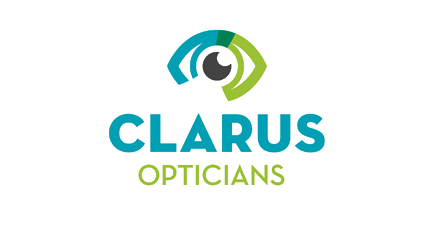Glaucoma
The term glaucoma
The term glaucoma refers to a group of eye conditions where the optic nerve (the nerve that carries sight information from the retina to the brain) becomes damaged resulting in impaired vision. It occurs usually as a result of raised intraocular pressure (increased pressure within the eye) which if left untreated can lead to blindness.
Glaucoma is the leading cause of preventable blindness in the United Kingdom and over 500,000 people suffer from it in England & Wales alone. Many more people have elevated intraocular pressure – about 2% of the population age 40-50 rising to 8% of over 70s.


Factors which predispose to glaucoma include myopia, black race, and a family history of glaucoma. Thyroid disease, diabetes, and high blood pressure may be associated to some degree.
Intraocular pressure
Intraocular pressure can be measured by a simple test called tonometry. This test is the only reliable method of detecting elevated intraocular pressure and is performed routinely during our eye test on all people over 40 and any others deemed to be at risk. There is more than one type of tonometer . At Clarus we may use the non-contact tonometer – sometimes known as the puff of air test or the contact tonometer.
Signs of disorders within the eye which could lead eventually to elevated intraocular pressure and glaucoma can be determined by a thorough eye check. If you are over 40 and have a family history of glaucoma or if you have glaucoma yourself, then your eye test is paid for by the NHS.


Fact That Glaucoma
Despite that fact that glaucoma is roughly as common as high blood pressure and diabetes, the widespread public lack of familiarity with glaucoma results in thousands of people going blind annually, most of which could have been prevented. The best way to prevent glaucoma is to have an eye examination every 2 years. Your optician should be able to answer any queries you might have alternatively for more information you can try:


Get relief at our free dry eye clinic
Let’s get your eyes feeling comfortable again!

Get your free NHS-funded eye test today
We’re here to help you see clearly and take great care of your eyes.

Need new glasses?

In light of the challenges posed by an ageing population, we are deeply committed to enhancing the expertise of our optometrists. Our goal is to exceed the typical standards found in the field. Each of our optometrists holds, or is in the process of obtaining, postgraduate diplomas and advanced qualifications. This not only demonstrates our dedication but also ensures we maintain a higher standard of care for all our patients.
Designed by ZedHive | Powered by ZedWebDomains.com